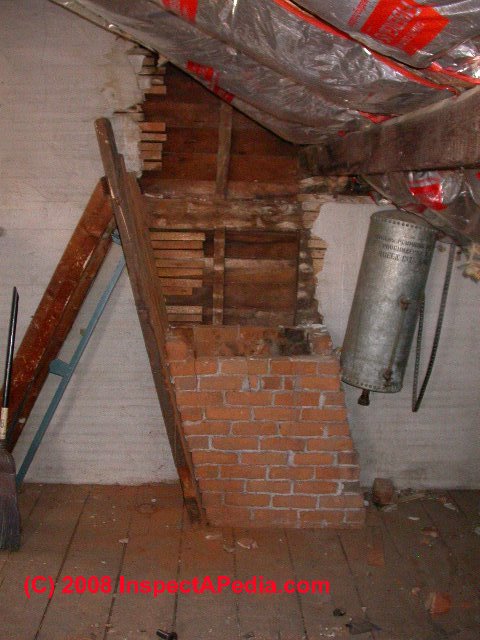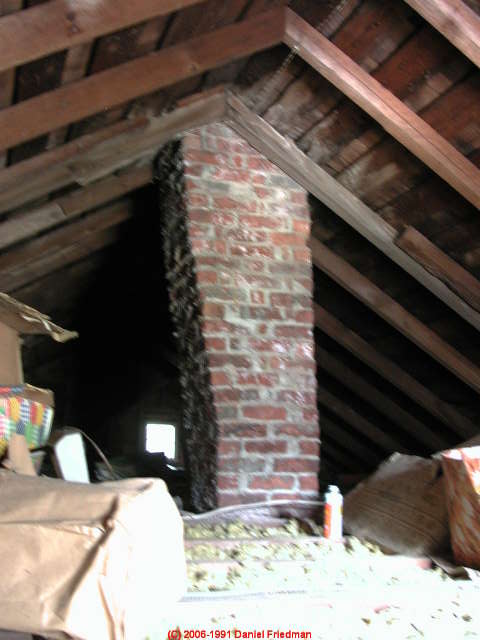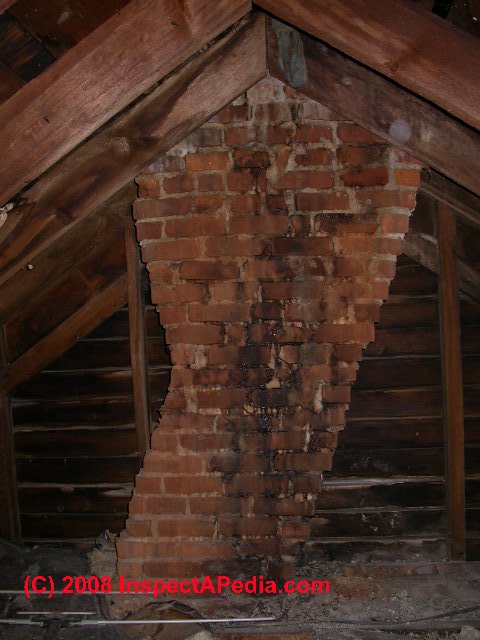Among the many air leakage points damon and his crews commonly encounter in an older maine house is the open chase around the brick chimney.
How to insulate brick chimney in attic.
I ve been thinking that i might be able to insulate around the chimney in the loft space.
The chimney is the least of your worries here.
But even if you add insulation w out ventilation there is always heat loss and it will warm the attic and cause ice problems.
You can use a plastic vent cover to hide the air brick.
As such it can be used to insulate a chimney.
You need more insulation and more ventilation.
After that follow the usual guidelines to reduce attic temperatures.
Clean the bricks inside the hole level etc and cement the air brick in place.
I have a large brick chimney in the attic and i m not sure how i m supposed to deal with insulation around it.
This makes it an ideal insulation material for use in areas that experience high temperatures.
Track down air leaks ideally using a blower door add more insulation to the attic floor and increase the amount of ventilation in that order.
He reasoned that the insulated chimney pipe itself was insulated with fiberglass so this was no different.
Potentially improving the efficiency of the house overall.
Fiberglass insulation is naturally fire resistant.
I m wondering about the efficacy of insulating the outside of a masonry chimney.
Air sealing a flat attic and upgrading the insulation with a blanket of blown cellulose is bread and butter work for weatherization contractor matt damon and his company penobscot home performance based in bucksport maine.
If you want to do a super duper job encase the chimney with mineral wool and then surround the insulation with studs and drywall.
Since it s brick can the loose fill fiberglass be blown right up against it or.
Continuing to prepare my attic for blowing in fiberglass insulation.
My stove was just installed and i had them run a new chimney pipe for it.
After he left i got to wondering.
It is often installed in gaps around the chimney and flue to prevent airflow that can siphon the heat away from the interior of the building.
It will take a while for the chimney breast to dry out.
Mark the wall using a 12mm drill bit drill out the area within the line use the air brick as a template.
It is relatively simple to insulate a chimney to reduce heat loss now but not eliminate the possibility of using it again in the future.
Sealing up an unused brick fireplace chimney will save money on your heating bills and increase your comfort level at home in addition to letting in cold these chimneys pull hot air out of the house.
Thanks for the help.
Keeping the chimney from sucking all of the heat out of this area and 2.










